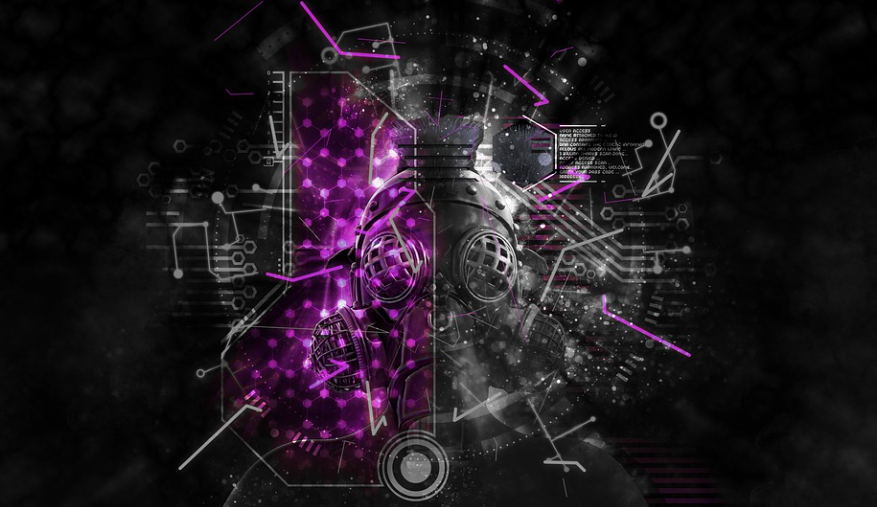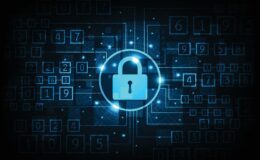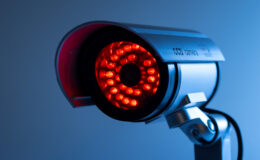The Internet of Things (IoT) refers to the interconnected network of physical devices, vehicles, buildings, and other objects that are embedded with sensors, software, and network connectivity, allowing them to collect and exchange data. These devices range from smart thermostats and security cameras to industrial control systems and medical devices.
While IoT devices offer numerous benefits, including increased efficiency, convenience, and automation, they also pose significant security risks. Here are some of the dangers of using IoT devices:
Lack of security measures – Many IoT devices are designed with convenience in mind rather than security, making them vulnerable to cyber attacks. These devices often have weak or default passwords, lack secure communication protocols, and do not receive regular software updates to fix vulnerabilities. This makes it easy for hackers to gain access to these devices and use them as a gateway to compromise other systems on the network.
Personal data exposure – IoT devices often collect and transmit sensitive personal data, such as location, health information, and financial transactions. If these devices are not properly secured, this data can be accessed by unauthorized parties, leading to identity theft, financial loss, and other privacy breaches.
Physical safety risks – In addition to cyber threats, IoT devices can also pose physical safety risks. For example, a hacker could take control of a self-driving car or a medical device, leading to serious accidents or injuries.
To protect against the dangers of IoT devices, it is important to implement proper security measures. This includes using strong and unique passwords, regularly updating software and firmware, and securing communication protocols. It is also a good idea to research the security reputation of the device manufacturer and only purchase devices from reputable sources.
By taking these precautions, businesses and individuals can minimize the risks of using IoT devices and enjoy the benefits of this increasingly connected world.





